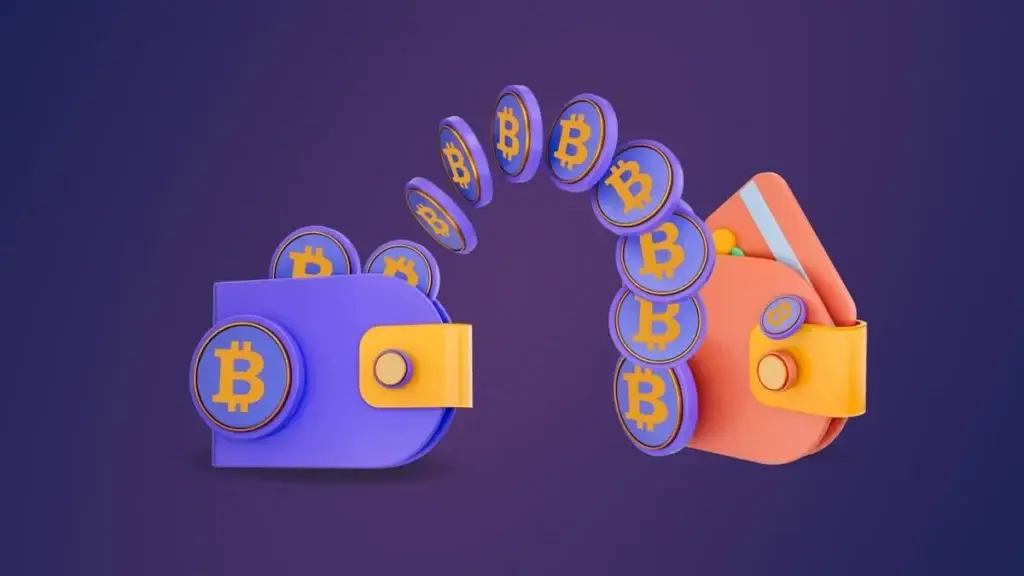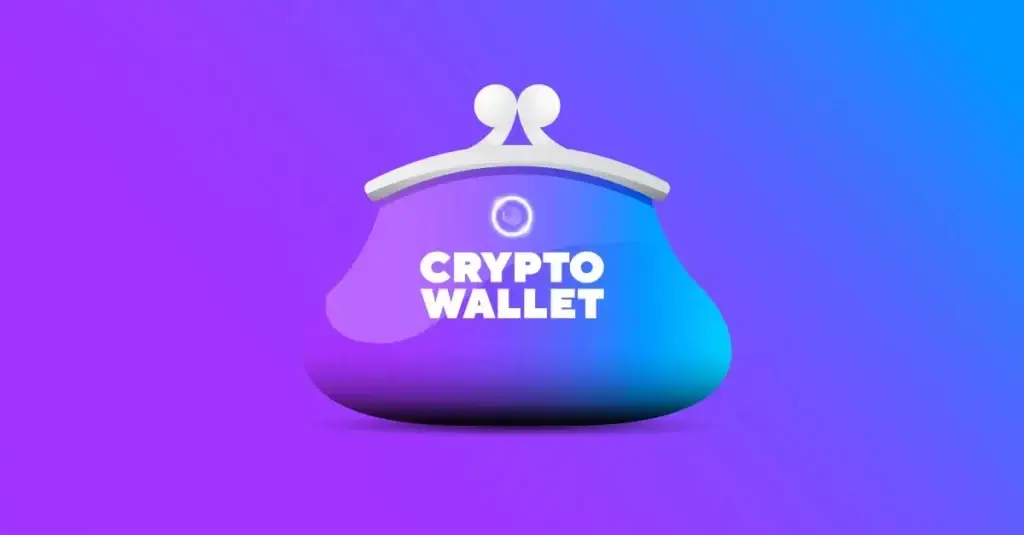Which cryptocurrency wallet to choose as a reliable storage for digital assets? We will compare different types of wallets, their advantages and disadvantages to help you make an informed choice.
Why choosing the right cryptocurrency wallet is the main security question
It’s not just a matter of convenience, but the first and most important step towards secure management of your assets. Today, the cryptocurrency market is saturated with various solutions for storing digital assets, but not all of them will provide the necessary security. Without proper protection, your funds may be at risk, whether it’s hacking or human error. So, which cryptocurrency wallet to choose? The choice should be based on priorities: if you value security and long-term asset storage, consider cold wallets. If speed and transaction simplicity are important – hot wallets.

Types of cryptocurrency wallets: which format to choose
When it comes to choosing a wallet, the first thing users encounter is the division into two main types: hot and cold:
- Hot wallets are connected to the internet and are ideal for those who make frequent transactions. An example is Exodus. It provides an excellent interface and supports many cryptocurrencies. However, its vulnerability to hacks requires users to be careful and cautious.
- Cold wallets are devices not connected to the network, and they are considered safer for storing large sums. An example is Ledger Nano X, which uses the ECDSA algorithm to generate private keys and cryptographic protection, ensuring a high level of security. Such an option is suitable for long-term asset storage. Additionally, hardware wallets like Trezor Model T work with backup phrases and multi-signature transactions, making asset theft nearly impossible.
Top 5 cryptocurrency wallets for 2024: our ranking
So, which format to choose in 2024 if you want reliability and convenience?
- Ledger Nano X – the best cold wallet for long-term storage. Supports over 1800 cryptocurrencies and has built-in Bluetooth connectivity. Security is top-notch thanks to the use of Secure Element technology.
- Trezor Model T – a versatile hardware option with a screen for convenient use. Supports BIP39 for creating secure backup phrases.
- Exodus – if you need to work with cryptocurrencies every day, this format is perfect. It includes built-in Shapeshift for real-time cryptocurrency exchange.
- Electrum – another popular hot wallet preferred by experienced users. It is optimized for fast transactions with the ability to work with multiple Bitcoin addresses.
- Coinomi – supports over 125 blockchains and features a multi-account interface, making it an excellent choice for users with a diverse cryptocurrency portfolio.
Choosing a cryptocurrency wallet for daily transactions: tips for active users
 If your goal is to regularly use crypto, for example, for trading or purchasing goods, you need a wallet that will provide speed and transaction convenience. The advantages of hot cryptocurrency wallets are obvious: they are always connected to the network and can send and receive cryptocurrencies in seconds.
If your goal is to regularly use crypto, for example, for trading or purchasing goods, you need a wallet that will provide speed and transaction convenience. The advantages of hot cryptocurrency wallets are obvious: they are always connected to the network and can send and receive cryptocurrencies in seconds.
Exodus is a choice for those who value not only convenience but also security. It has built-in ShapeShift, allowing you to exchange cryptocurrencies without leaving the wallet, simplifying the process and making it faster.
Another option is Electrum. It is easy to use but has a high level of protection due to support for multi-signature transactions and compatibility with hardware formats. It is ideal for people who need quick access and transparency of their transactions.
Cryptocurrency wallet for storing large sums: which one to choose for maximum security
When it comes to storing large sums, security becomes a top priority. Here, cold wallets take the lead. Ledger Nano X and Trezor Model T will protect against various types of attacks, including phishing and man-in-the-middle.
Ledger Nano X uses the ECDSA algorithm to encrypt private keys, making it very secure even when connected to a smartphone via Bluetooth. It is important to note that all transactions are signed on the device itself, protecting funds from attacks at the operating system level.
For storing substantial amounts of cryptocurrency, remember about backup phrases. Trezor Model T offers secure storage of them and supports multiple coins, making it a versatile solution.
Functionality or security: what to choose?
If you are actively trading or conducting transactions regularly, you may value convenient and fast wallet operation, as Exodus users do.
But if you are looking for a wallet for long-term storage, give preference to hardware options like Ledger Nano X or Trezor Model T, which will ensure reliable asset protection for many years. These formats offer features such as backup and multi-signature transactions.
Mistakes when choosing a cryptocurrency wallet: what not to do
- Ignoring security. If you choose a hot wallet without two-factor authentication, your funds may be at risk. Use options with additional protection.
- Choosing a wallet with poor reviews. Reputation is key. Read reviews and choose products that have stood the test of time.
- Not making backups. If you do not create backup phrases and store them in a secure place, losing the device will lead to money loss.
- Ignoring updates. Make sure the wallet is regularly updated, especially when it comes to hot formats. Outdated software may contain vulnerabilities.
Conclusion
 Which cryptocurrency wallet to choose? If security is more important to you, choose cold wallets like Ledger Nano X or Trezor Model T. These devices are cryptographically secured at the highest level and are ideal for long-term storage of large sums. For active users who regularly make transactions, hot wallets like Exodus or Electrum are suitable, ensuring convenience and speed.
Which cryptocurrency wallet to choose? If security is more important to you, choose cold wallets like Ledger Nano X or Trezor Model T. These devices are cryptographically secured at the highest level and are ideal for long-term storage of large sums. For active users who regularly make transactions, hot wallets like Exodus or Electrum are suitable, ensuring convenience and speed.

Remember that the choice depends on your goals. The main thing is not to skimp on security. With this approach, your cryptocurrency assets will be securely protected.
 en
en  ru
ru  de
de  ar
ar  es
es  nl
nl  hi
hi  fr
fr  it
it  pt
pt  el
el 



